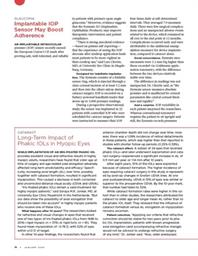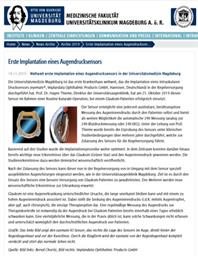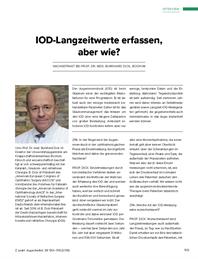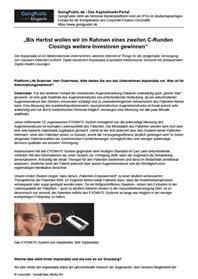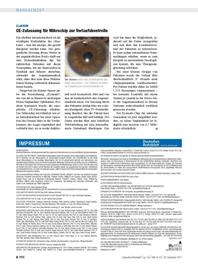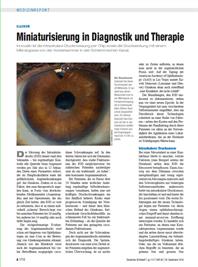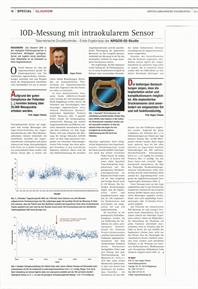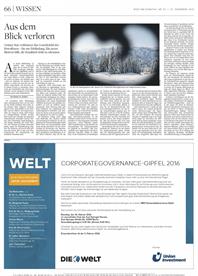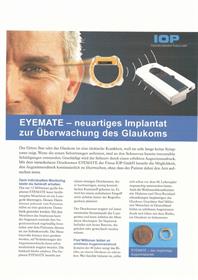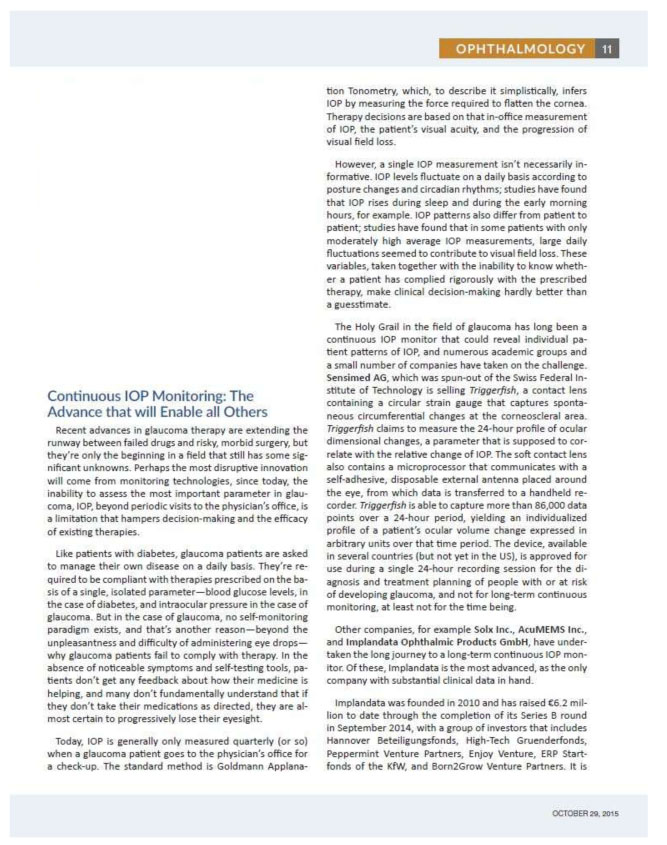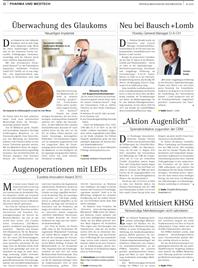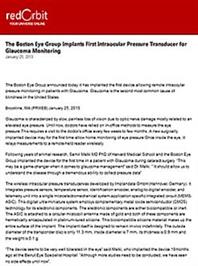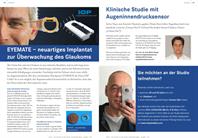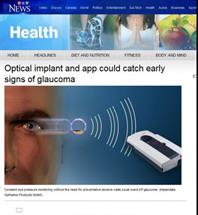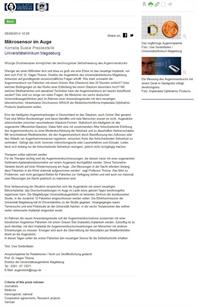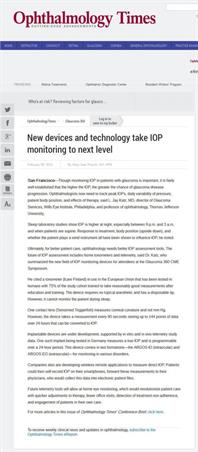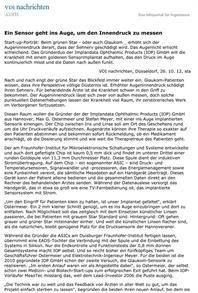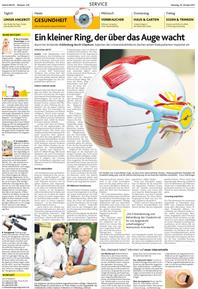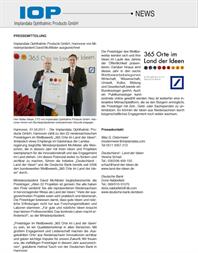New devices and technology take IOP monitoring to next level
08.02.2014
San Francisco-Though monitoring IOP in patients with glaucoma is important, it is fairly well established that the higher the IOP, the greater the chance of glaucoma disease progression. Ophthalmologists now need to track peak IOPs, daily variability of pressure, patient body position, and effects of therapy, said L. Jay Katz, MD, director of Glaucoma Services, Wills Eye Institute, Philadelphia, and professor of ophthalmology, Thomas Jefferson University,
Sleep laboratory studies show IOP is higher at night, especially between 9 p.m. and 3 a.m. and when patients are supine. Response to treatment, body position (upside down), and whether the patient plays a wind instrument all have been shown to influence IOP, he noted.
Ultimately, for better patient care, ophthalmology needs better IOP assessment tools. The future of IOP assessment includes home tonometers and telemetry, said Dr. Katz, who summarized the new field of IOP monitoring devices for attendees at the Glaucoma 360 CME Symposium.
He cited a tonometer (Icare Finland) in use in the European Union that has been tested in humans with 75% of the study cohort trained to take reasonably good measurements after education and training. The device requires no topical anesthetic and has a disposable tip. However, it cannot monitor the patient during sleep.
One contact lens (Sensimed Triggerfish) measures corneal curvature and not mm Hg. However, the device takes a measurement every 90 seconds storing up to 144 points of data over 24 hours that can be converted to IOP.
Implantable devices are under development, supported by in vitro and in vivo telemetry study data. One such implant being tested in Germany measures a true IOP and is programmable over a 24-hour period. This device comes in two formations-the ARGOS-IO (intraocular) and ARGOS-EO (extraocular)-for monitoring in various disorders.
Companies also are developing wireless remote applications to measure direct IOP. Patients could then self-record IOP on their smartphones, forward these measurements to their physicians, who would collect this data into electronic patient files.
Future telemetry tools will allow at-home eye monitoring, which would revolutionize patient care with quicker adjustments to therapy, fewer office visits, detection of treatment non-adherence, and engagement of patients in their own care.
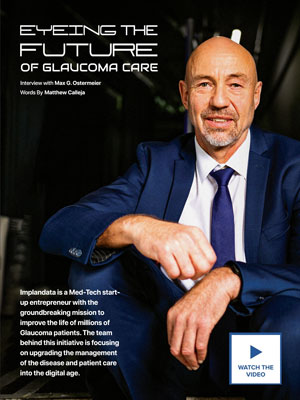
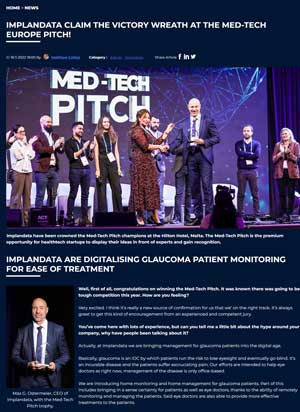

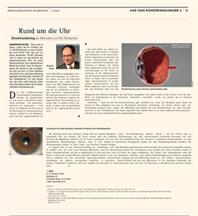
_Seite_1.jpg)

